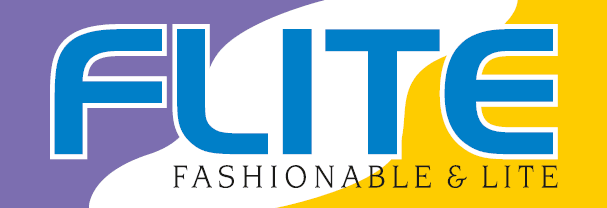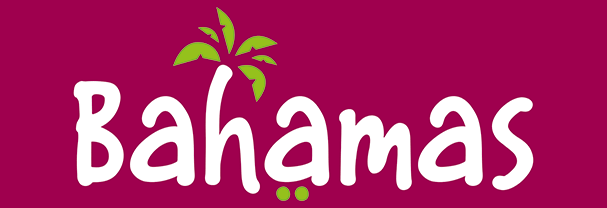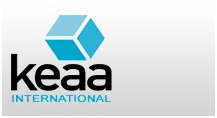Intellectual property, as the phrase is apparent, refers to the creations of the mind. It refers to the ideas, knowledge, invention, innovation, creativity, research etc, all being the product of human mind and is similar to any property, whether movable or immovable, wherein the proprietor or the owner may exclusively use his property at will and has the right to prevent others from using it, without his permission. The rights relating to intellectual property are known as ‘Intellectual Property Rights’.
Intellectual Property Rights, by providing exclusive rights to the inventor or creator, encourages more and more people to invest time, efforts and money in such innovations and creations.
Article 2(viii) of the Convention Establishing the World Intellectual Property Organization (WIPO) provides that “intellectual property shall include rights relating to:
- literary, artistic and scientific works,
- performances of performing artists, phonograms and broadcasts,
- inventions in all fields of human endeavor,
- scientific discoveries,
- industrial designs,
- trademarks, service marks and commercial names and designations,
- protection against unfair competition, and all other rights resulting from intellectual activity in the industrial, scientific, literary or artistic fields”
Broadly, intellectual property is divided into two categories: industrial property and copyright. Industrial property includes patents, trademarks, industrial designs and geographic indications while copyright include creative works like novels, poems, plays, films, musical works, computer software and artistic works.
The first intellectual property law was passed in Venice in the year 1474. This law protected the investor’s interest against copying of their creation. England soon followed suit and in the year 1624 passed the Statute of Monopolies, which granted intellectual property rights to the inventor for a limited period. However, the intellectual property system as we know today, commenced with the birth of the Paris Convention for the Protection of Industrial Property in 1883. The Paris Convention made it easier for individuals in one nation to obtain protection globally. This convention was followed by the Berne Convention for the Protection of Literary and Artistic Works.
The issue of Intellectual Property Rights was brought on an international platform of negotiation by World Trade Organization (WTO) through its Agreement on Trade Related Aspects of Intellectual Property Rights (TRIPS). This agreement narrowed down the differences existing in the extent of protection and enforcement of the Intellectual Property rights (IPRs) around the world by bringing them under a common minimum internationally agreed trade standards. The member countries are required to abide by these standards within stipulated time-frame. India, being a signatory of TRIPS has evolved an elaborate administrative and legislative framework for protection of its intellectual property.
For example, in India, the first Indian Patent Law came in 1856 and gradually was amended from time to time. New patent law was made after independence in the form of the Indian Patent Act 1970. Later, it was amended in compliance with the TRIPS provision. Recently, in 2005, amendments were made in IPR. While the process of bringing out amendments was going on, India became a member of the Paris Convention, Patent Cooperation Treaty, Budapest Treaty and finally signed the TRIPS agreement to comply with the International and Indian standards. Recently, India signed the “Madrid Protocol” which further enhances the applicability of Trademarks in 89 countries.
Further, interest of Small and Medium Enterprises (SMEs), Indian industries, technologist, scientist and inventors are gaining in this field. More number of research oriented persons are filing their inventions on a large scale. More number of foreign companies are now establishing their in-house R&D centres in India, which is a clear sign of IPR influence in the country. And lastly, it is pertinent to observe that more and more stake holders are taking the safeguarding of their IPRs in India seriously by spending huge amounts of time, resources and money in order to prevent infringers, etc.
 Android
Android






























































